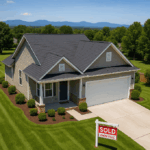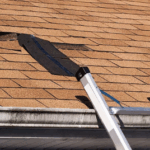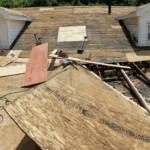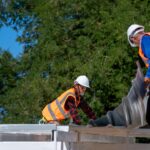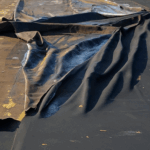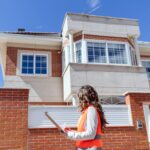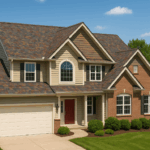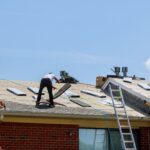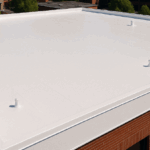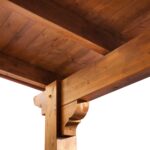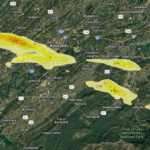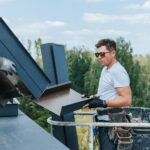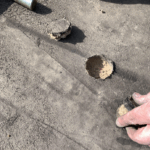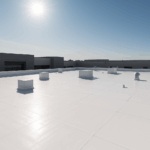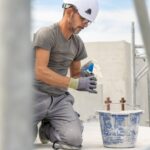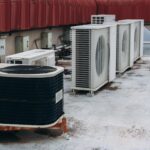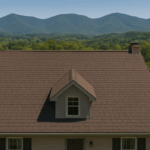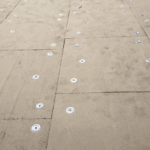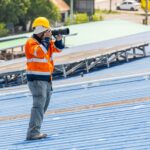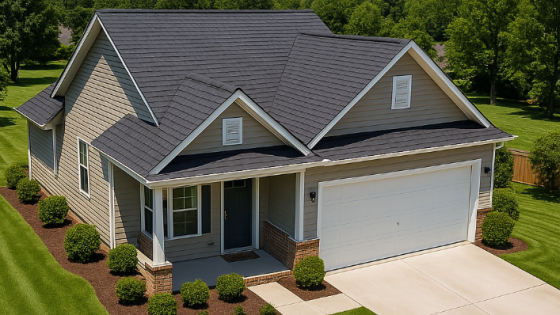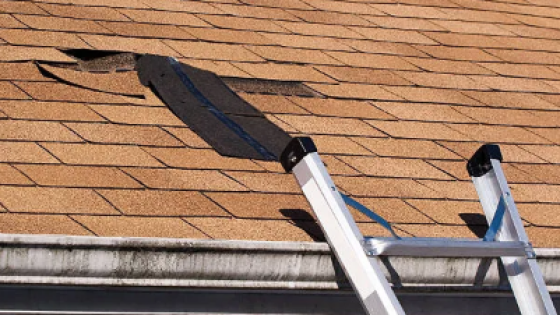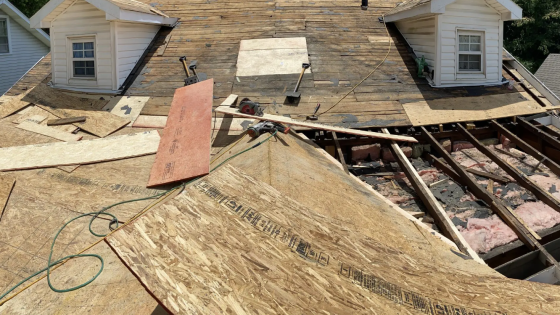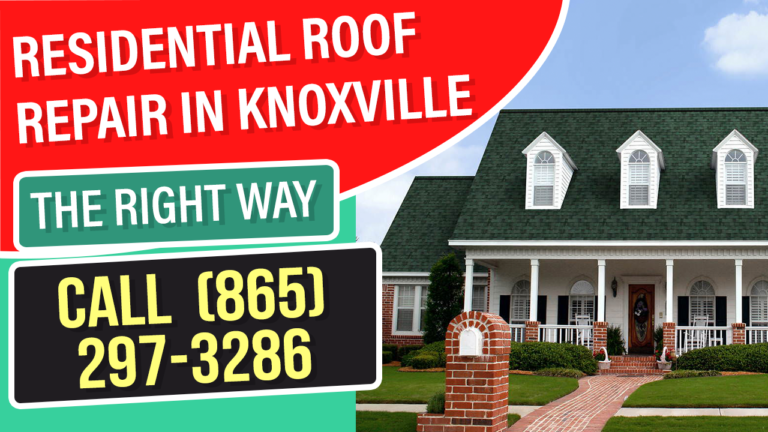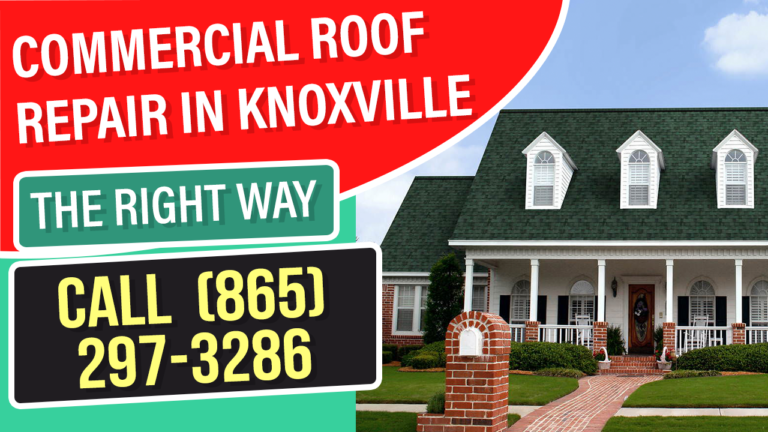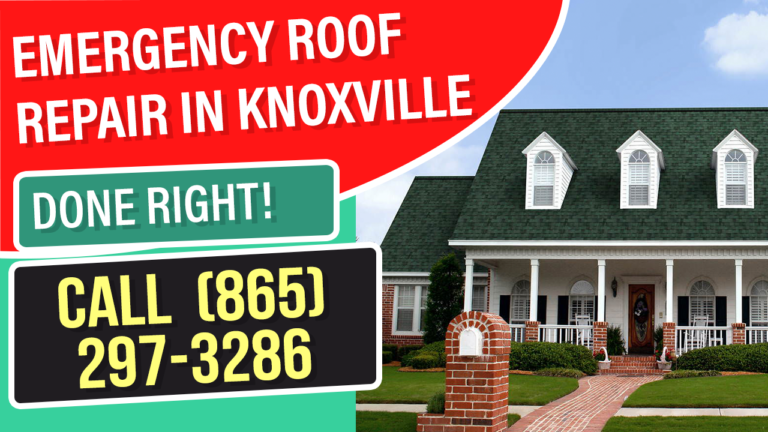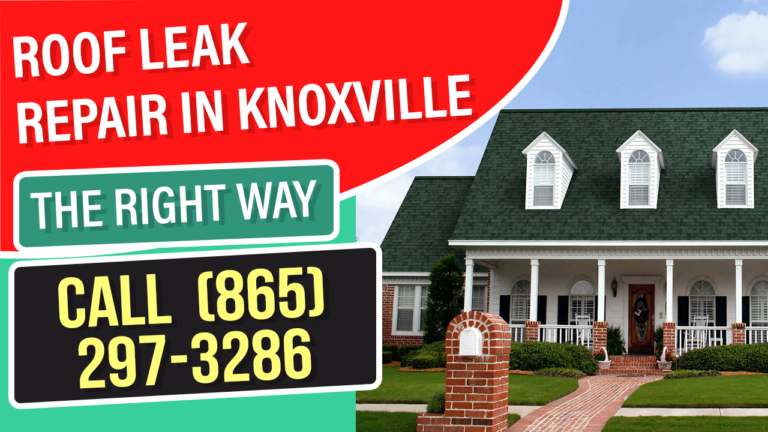As a homeowner in Knoxville, TN, maintaining your roof is one of the most crucial investments you can make to protect your property. Your roof not only shelters you from the elements but also plays a key role in your home’s energy efficiency and curb appeal. Naturally, you want your roof to last as long as possible, but various factors can affect its lifespan. In this article, we will explore the key elements that impact your roof’s longevity and provide valuable insights to ensure you get the most out of your roofing system.
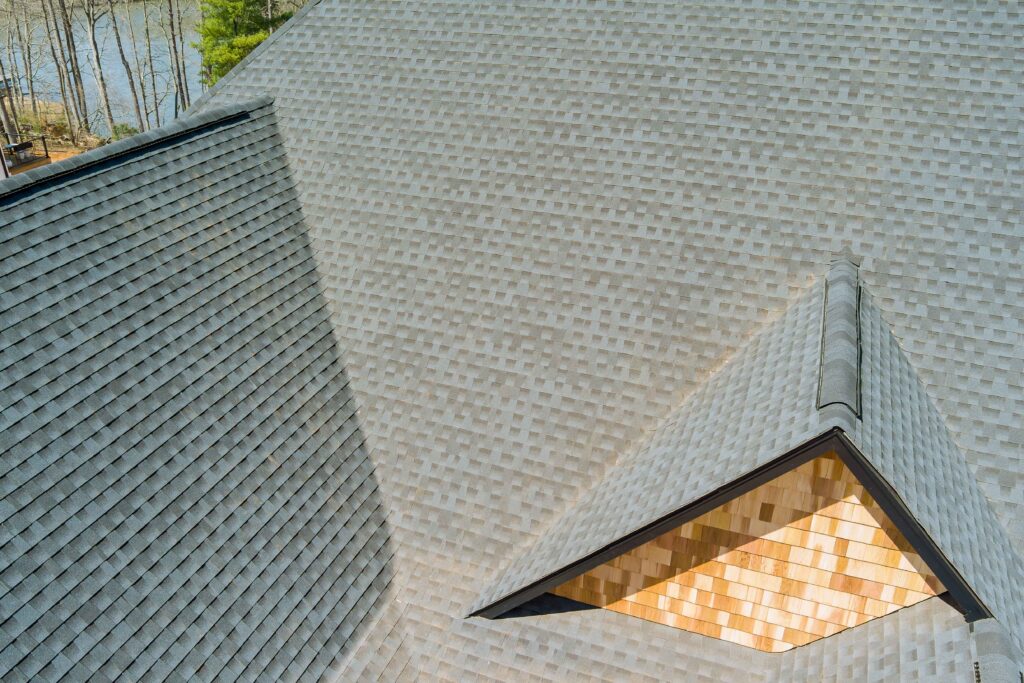
Key Takeaways
💡Roofing Material Selection Determines Longevity
💡Knoxville’s Climate Accelerates Roof Wear
💡Regular Maintenance Extends Roof Lifespan
💡Proper Installation is Crucial for Durability
1. Roofing Materials
The type of material used in your roof is one of the most significant factors influencing how long it will last. Some materials naturally last longer than others:
| Roofing Material | Average Lifespan | Notes |
|---|---|---|
| Asphalt Shingles | 20-30 years | Common, affordable, but susceptible to weather damage. |
| Metal Roofing | 40-70 years | Durable, resistant to harsh weather, but higher initial cost. |
| Flat Roofs (EPDM, TPO) | 15-25 years | Common for commercial properties, prone to water damage. |
Knoxville’s climate makes asphalt shingles a popular choice due to their affordability and ease of installation, but metal roofing is growing in popularity for those seeking greater durability.
2. Weather Conditions in Knoxville
Weather is a critical factor when considering roof lifespan. Knoxville experiences a humid subtropical climate, meaning you will face hot, muggy summers, cold winters, and frequent storms. Here’s how each type of weather can impact your roof:
– Rain and Humidity: Moisture is a roof’s worst enemy. Persistent rain and high humidity levels can lead to moss, algae growth, and water damage, weakening your roofing materials. Knoxville experiences over 48 inches of rain annually, which can be detrimental to roofs that are not properly maintained or constructed.
– Heat and Sun Exposure: Knoxville summers can bring temperatures exceeding 90°F. The UV radiation from the sun can degrade roofing materials over time, particularly asphalt shingles, causing them to crack and curl. The high heat can also cause thermal expansion, putting stress on the roof structure.
– Wind: Severe storms and high winds can loosen shingles, lift roof tiles, or even cause sections of the roof to be damaged or blown off. Knoxville’s weather patterns, especially during tornado season, make wind damage a real threat.
– Snow and Ice: While Knoxville doesn’t experience extremely heavy snowfall, winter months can still see occasional snow and ice, which can create ice dams. These ice dams prevent water from draining off the roof, causing it to back up under the shingles and leading to leaks.
3. Roof Maintenance
Regular maintenance is key to extending your roof’s lifespan. A well-maintained roof is less likely to suffer from premature wear and tear. Some critical maintenance tasks include:
– Regular Inspections: At least twice a year, and especially after storms, it’s important to inspect your roof for missing shingles, leaks, or any damage. Roofing professionals in Knoxville can identify potential issues before they turn into costly repairs.
– Gutter Cleaning: Clogged gutters can cause water to back up under your roof’s edge, leading to rot and mold. Keeping your gutters clear of leaves and debris, particularly in the fall, helps prevent water damage.
– Moss and Algae Removal: In Knoxville’s humid climate, moss and algae can grow on your roof, particularly on shaded areas. Left untreated, these growths can trap moisture and degrade the roofing materials over time.
– Addressing Minor Repairs Quickly: Small issues such as a loose shingle or a small leak should be repaired immediately to prevent larger problems down the line.
4. Installation Quality
The way your roof is installed plays a significant role in its longevity. Even the best roofing materials can fail prematurely if the installation is poor. Here are some aspects of installation that can impact the roof’s lifespan:
– Improper Ventilation: Adequate roof ventilation is essential in Knoxville’s varying climate. Without proper ventilation, heat and moisture can build up in the attic, leading to mold growth, structural damage, and decreased roof lifespan.
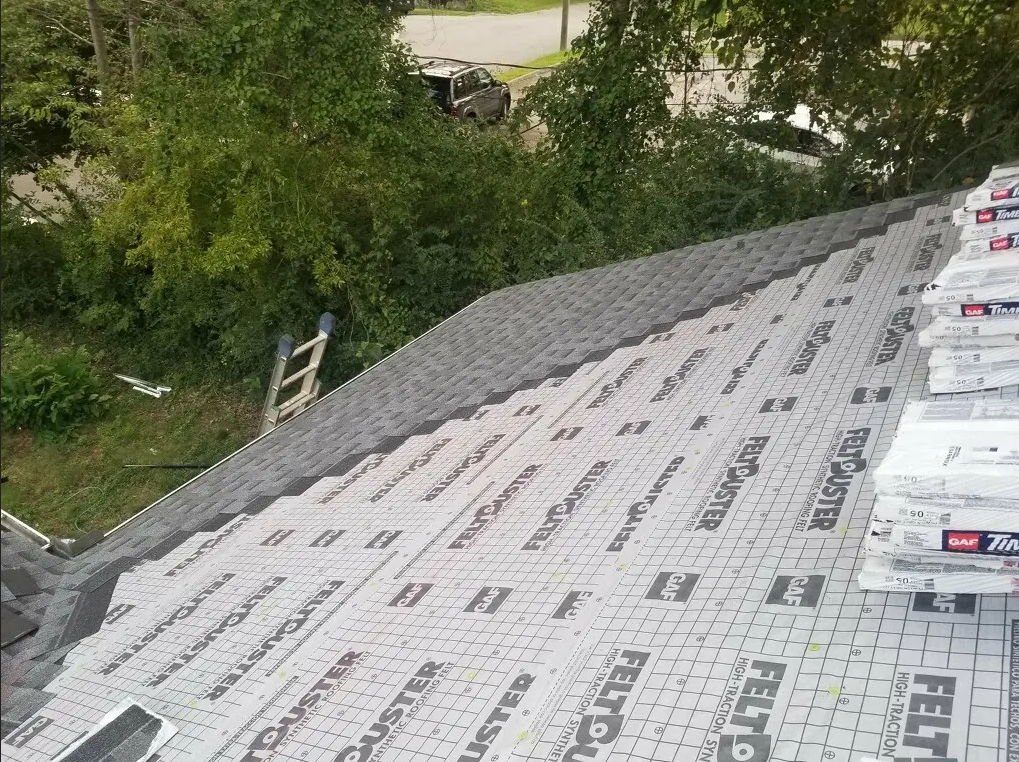
– Flashing: Flashing around chimneys, vents, and valleys should be properly sealed to prevent water from seeping under the roofing materials. Poorly installed flashing is a common cause of roof leaks.
– Nailing and Fastening: Incorrect nailing or fastening techniques can result in shingles or metal panels being insecure, increasing the likelihood of wind damage.
Always choose a reputable, experienced roofing contractor to install your roof to ensure it’s done correctly.
5. Roof Slope and Design
The design of your roof can influence how long it lasts. Steep roofs generally last longer than flat roofs because they shed water more effectively. Roofs with complex designs (multiple peaks, valleys, and dormers) have more vulnerable areas where water can collect, increasing the chances of leaks.
For example, a steep-sloped roof in Knoxville is better at shedding rainwater and snow, making it less prone to water damage than a flat roof, which might retain water longer after a storm.
6. Tree Coverage and Debris
If your home in Knoxville is surrounded by trees, they can have both positive and negative impacts on your roof. On the positive side, trees provide shade, which helps to reduce heat exposure, thus extending your roof’s life. However, they can also drop leaves, branches, and other debris that can clog gutters or scrape against the roof surface, causing damage over time. Additionally, overhanging branches can act as pathways for pests like squirrels or raccoons, which can tear up shingles and cause significant damage.
FAQs about Roof Lifespans
On average, asphalt shingles last 20-30 years in Knoxville, but metal roofs can last 40-70 years.
Yes, hot summers, humidity, storms, and occasional ice can all reduce the lifespan of your roof.
Inspect your roof at least twice a year and after severe weather events.
Curling or missing shingles, leaks, and visible damage are key indicators.
Metal roofing and asphalt shingles are commonly chosen based on budget and durability.
Most insurance policies cover storm damage, but it’s important to check with your provider.
Regular maintenance, proper ventilation, and prompt repairs can help.
If the damage is localized, repairs may suffice. However, widespread issues often necessitate replacement.
While they provide shade, they can also cause debris build-up and damage.
In some cases, you can install new shingles over old ones, but this isn’t recommended for extensive damage.

